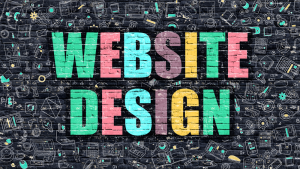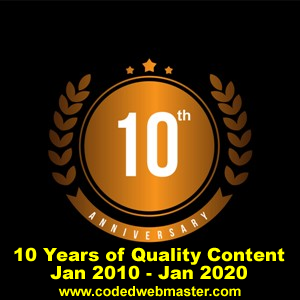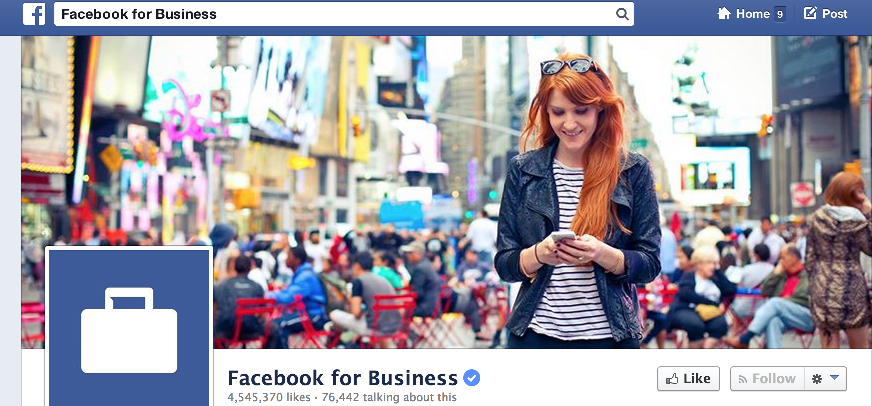
Want to boost your website conversion rate? As keen Website Design Services, we can help you to get your design a significant effect. In this post, we’ll share 11 web design principles that will support your conversion rate.
Numerous advertisers nag the significance of SEO, social media, making lead magnets that convert and so forth, yet having a magnificent website design, to begin with, is so regularly disregarded. While these parts to make a difference, your web design isn’t only a “pretty face”: it can represent the moment of truth your conversion rates.
According to Stanford University, 46.1% of individuals state a Website design services is the top criteria for choosing if an organization is valid or not. So website design must be proficient.
If your website is unattractive, individuals will leave your webpage altogether — 38 % of individuals, to be correct.
So paying little mind to regardless of whether the design is your strong point, you can’t bear to neglect it. Learn web design, procure a specialist, hire a Website Design Services, or take the necessary steps!
To begin with, here are a bunch of important design principles that will give you an immediate and supportable lift in conversions…
1.Pursue Hick’s Law
Hick’s Law is a mainstream hypothesis that is referred to by an assortment of people for different purposes but is often referenced regarding web design. Named after British clinician William Edmund Hick, the law expresses that the time it takes for a person to settle on a choice is specifically proportionate to the conceivable decisions the person has.
As it were, by expanding the number of decisions, the choice time is additionally extended. Choosing whether to utilize the navigation bar or know more button Skimming the headlines to see which blog entry to peruse Choosing whether to download your lead magnet, share your post on social media, or leave a remark Picking between making a buy, perusing product reviews, or perusing for more products
2.Use the Rule of Thirds
The Rule of Thirds is a well-known photography rule that can likewise be connected to web design. With the Rule of Thirds, you should outwardly partition a picture (or website page) into thirds (both vertically and on a level plane).
This gives you nine equal squares:
As per the standard, the four middle intersections are strategic spots of intrigue. At the point when objects are put at these focuses, it makes the most essential picture or design.
As far as web design, you can put the page’s most essential components at these intersections to get individuals concentrated on them, boosting your conversions.
3.Regard Users’ Patience
It would seem individuals are extraordinarily fretful, especially with regards to surfing the web.
As indicated by an examination by the Aberdeen Group, a simple one moment delay in page stack time results in a 7% reduction in conversions!
So with regards to page loading speed, each second tallies. To check your page speed and troubleshoot any issues, run your site through at least one of these free tools:
- Google PageSpeed Insights
- Pingdom
- GTmetrix
- KeyCDN
- Sucuri
- Utilize Blank Space
In web design, whitespace is frequently alluded to as negative space. Positive space is the space that contains every one of the components on your site, while negative space is the majority of the unfilled space in the middle.
Regardless of the name, negative space is a positive thing in web design, because without it your website would be unreadable and unusable.
Negative space doesn’t merely allude to the space between the more significant components on your page, for example, the space between your header and your content, or the space between your sidebar and your content. It likewise alludes to space between all the little components on your page, similar to the space between paragraphs, the space between lines of content, and even the space between letters.
Focusing on the majority of the types of negative space on your webpage serves to keep everything intelligible, scannable (important, because that is the manner in which individuals read websites) and simple on the eyes. What’s more the majority of this leads to expanded conversions.
5.Consider F-Layout
Scientists have discovered that a client’s regular conduct when perusing the web is to peruse the screen in an “F” pattern.
you can exploit this conduct by putting the most important objects and calls to action along the F-shape lines, and setting objects of less significance in lower visibility zones.
For example, you can put your primary call to action at the top of the page towards the left-hand side since that is the place the client will look first.
- Color Matters
“Color is a regularly underrated part of web design, but it can assume an important job in ease of use just as pass on the general significance of a brand just as the general state of mind of the website,” says designer Tom Kenny. “Different color blends can inspire different emotions and reactions.”
While picking a color scheme for your website, try to pick a blend that inspires the feeling that you need your image to pass on.
One viable approach to do this is by curating a Pinterest board with pictures that mirror your vision for your image. At that point, you can transfer a couple of those pictures to Adobe’s Color Wheel utilizing the camera symbol on the upper right-hand corner of the screen.
7.Utilize the 8-Second Rule
The general standard guideline is that you have a simple 8 seconds to stand out enough to be noticed, because that is the length of the human capacity to focus.
Utilize a strong, advantage driven headline that is brief and to the point. Use eye-catching imagery that passes on the central matter or motivation behind your page and draws the eye towards your primary call to action.
Make information exchange buttons substantial, straightforward and clear. Use control words to make your duplicate all the more enticing and locks in. Incorporate multimedia, for example, video, sound, or other intuitive content. Use float impacts on your buttons (for example make them change color on mouse-over) to make them all the more fulfilling to click. Utilize animated exit-popups to reconnect visitors who lost intrigue.





